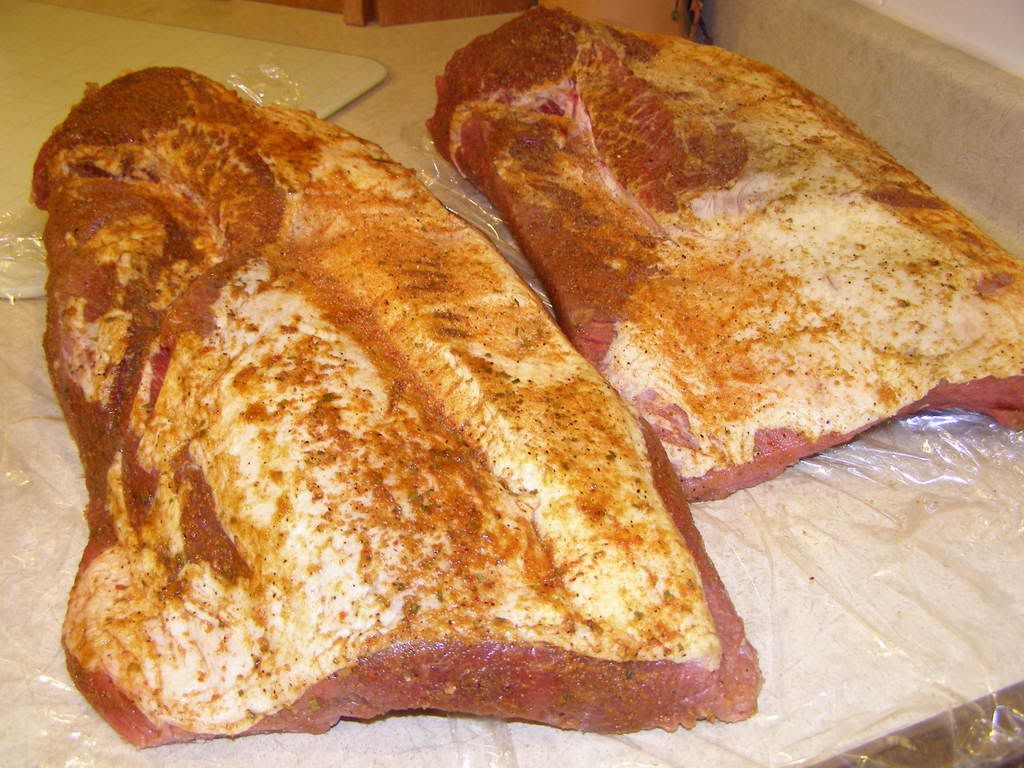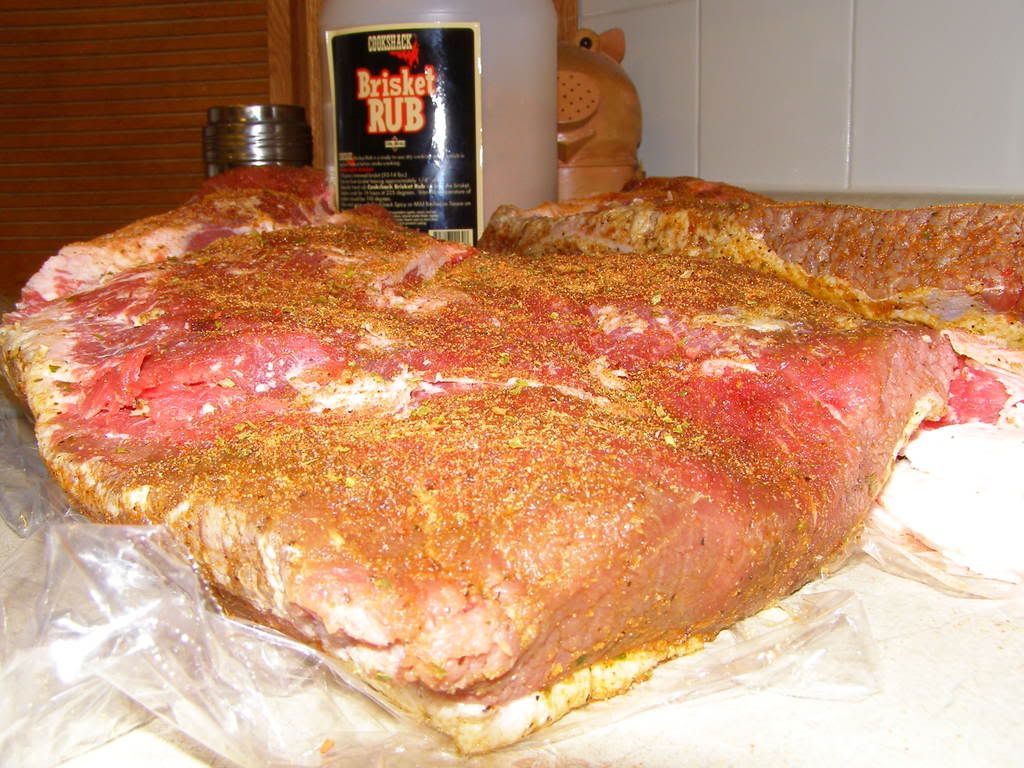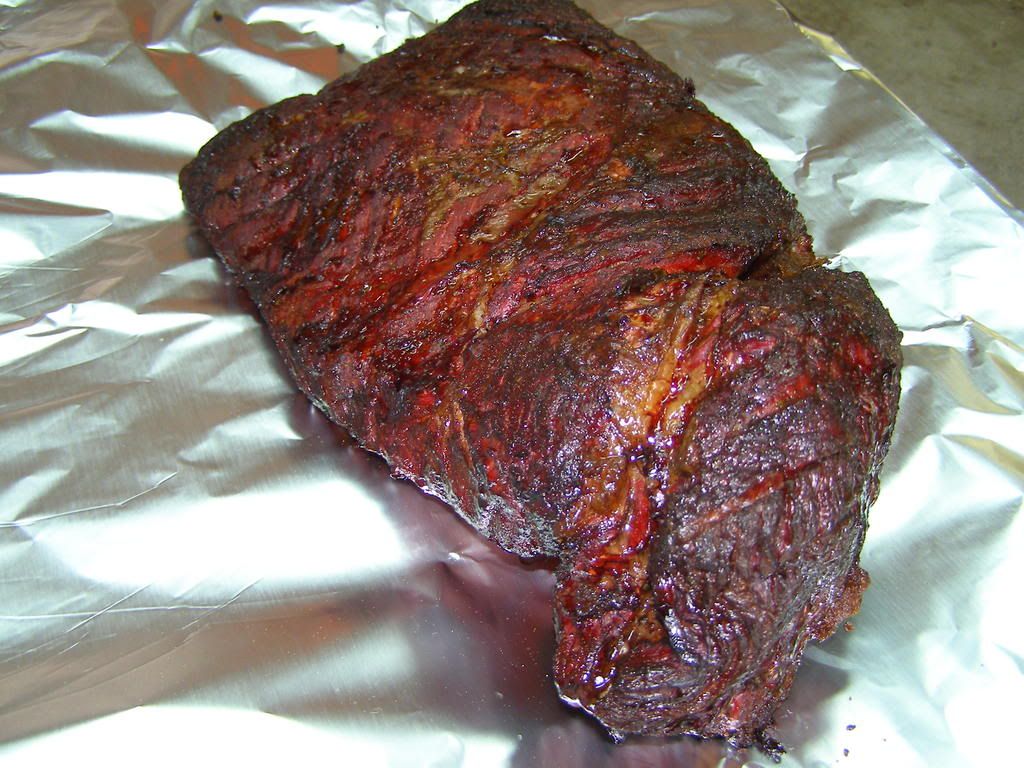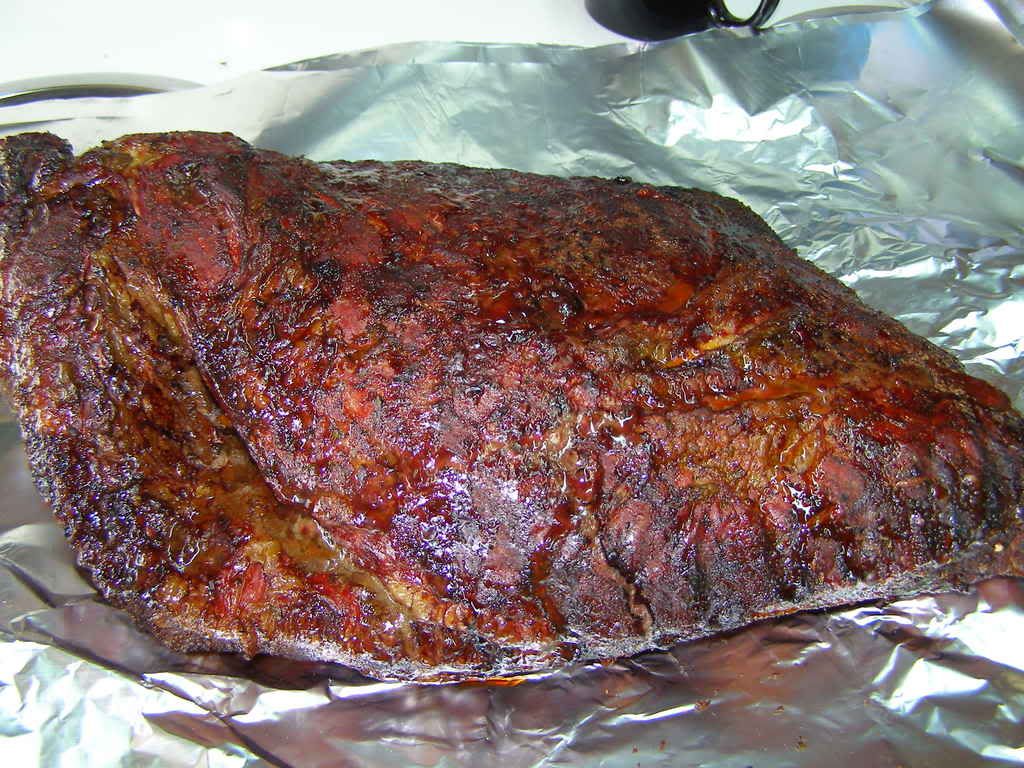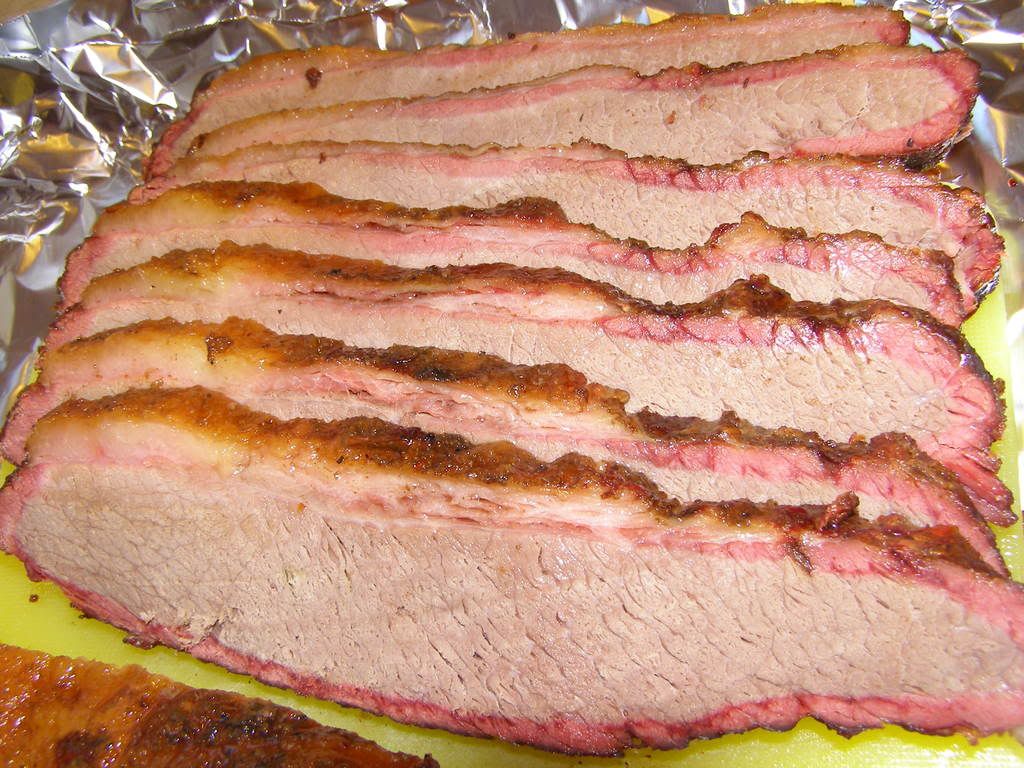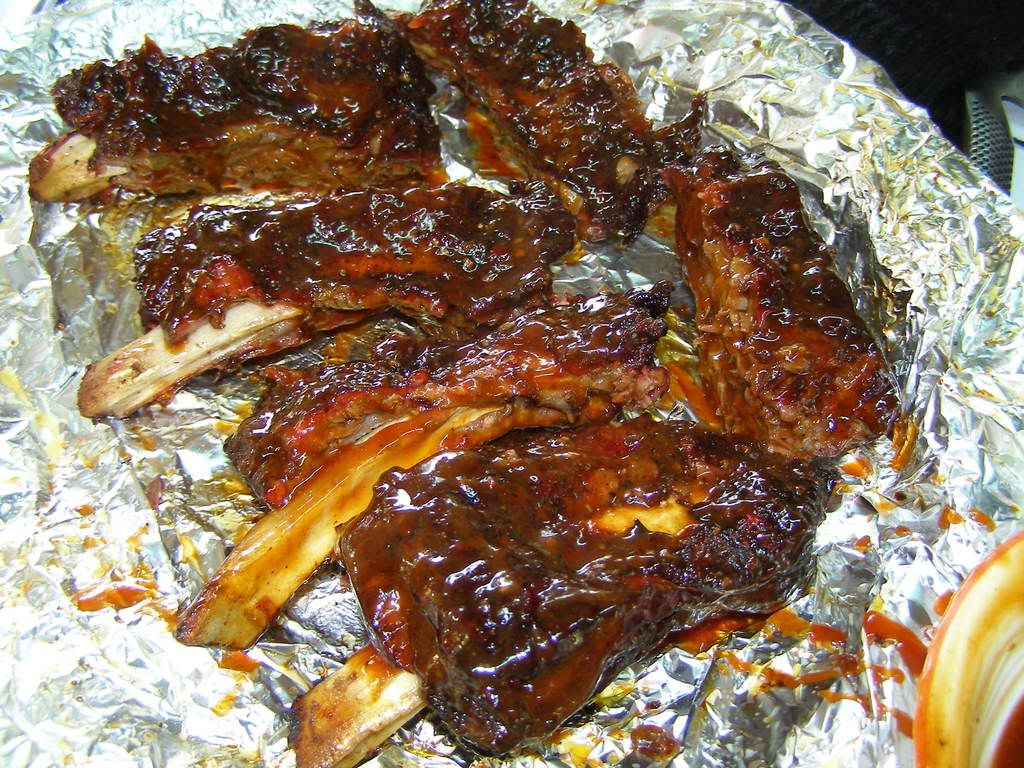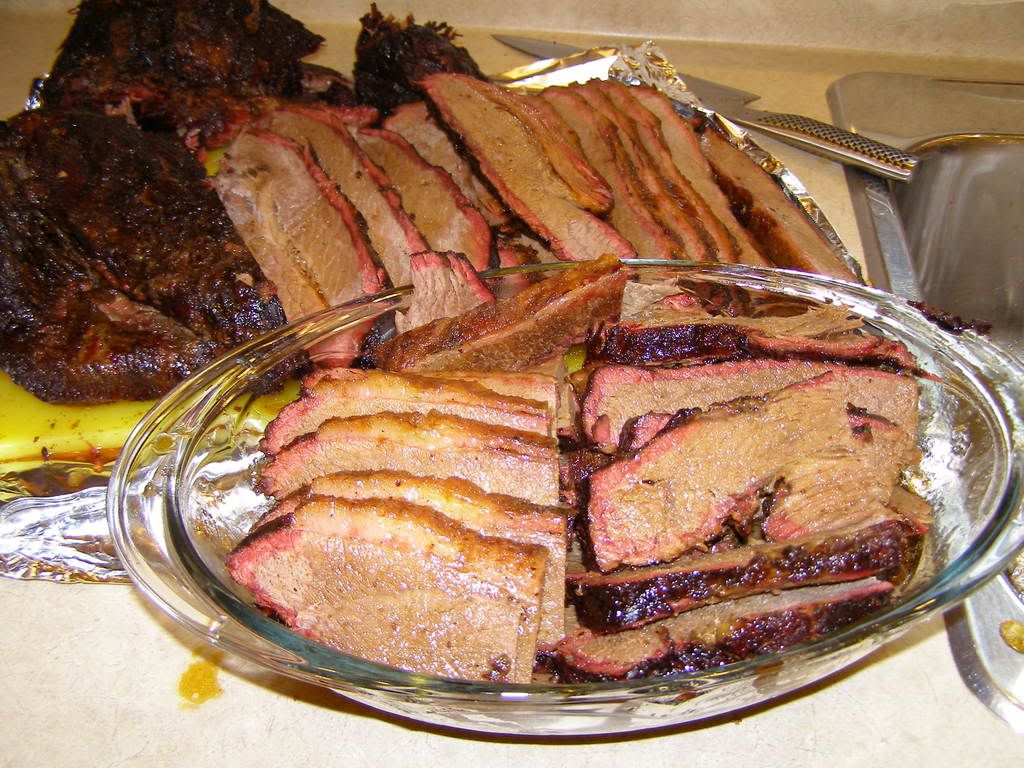Like posted above,stay away from trimmed,and do it yourself.
There is the Certified Angus Beef marketing program ,that has certain guidelines, they attempt to adhere to.
You can google it and learn more,and many of us would prefer to cook it, rather than just choice.
Now Angus can mean something else,altogether.
It could mean that cow might have had 5%-10% Red,or Black Angus in her background.
She could have been in the pasture with a dairy bull.
The ranch paid around $10 to belong to the state organization,and another $25 to register with the national.
The meat could have come off an 18 year old dairy bull,that has been running loose and eating sagebrush.
Some" Angus" products aren't gov't graded and maybe would have been cutter,no rolled,ungraded,commercial ,or select.
They call their beef things like "premium",steakhouse cut,organic,grassfed,vegetarian.
Trimmed could mean it is cut lean for a restaurant to braise,to slice thin with a nice horseradish sauce.
A light case could be around 50 lbs,a heavy case could go an extreme of a hundred.
Lots of comp cooks like to cook around 15-16 lb,because you have better /bigger flats to slice from.
Some of the better beef programs,are down around 11-12 lbs.
When they tell you it is aged,that is probably wet aged in cryovac at 28*.
Aging is good and many of the comp cooks will try to get at least 30 days at 34*-38* in their meat keepers.
There is a question that if it is at 28*, is it aging,or just cold.
Dry aging is what a high end beef house will do.
It is more complicated and expensive.
Can't tell too much about your amount of trim from the pix,but many folks would go a little heavier on rub.
Remember,that big hunk of meat may be sliced at 1/4 inch thickness,so the bite you take may not have much rub.
The rub contributes greatly to your bark building,as well.
Just a couple of things to ponder,wile watching the FEC work.

